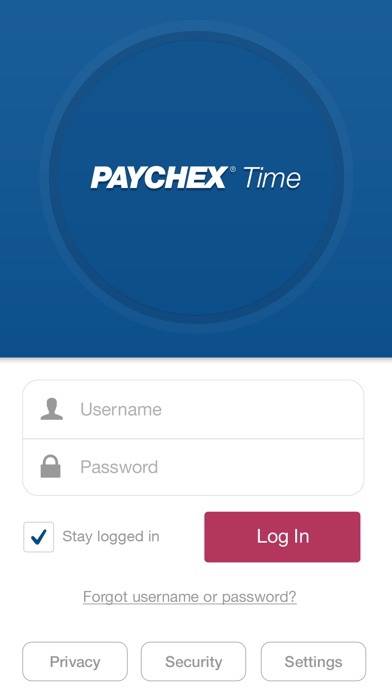

This past summer, I moderated a panel at the White House Summit on Working Fathers in which several pioneering companies - including State Street, with its manager-initiated flex program Ryan LLC, with its result-focused work environment and Caliper, with its extensive workflex culture - discussed how they implemented flexible policies organization-wide, and saw major improvements in employee engagement and financial results.

What we need are less rigid forms of work flexibility… that make it more likely that employees can maintain equal commitments between work and family. The most important need for many employees is not to get away from work (through long leaves or part-time work), but to find satisfying ways to combine work and family life… These forms of everyday work flexibility are much more important than the more publicized forms of workplace flexibility such as mommy tracks or daddy tracks…. Work-family pioneer Tim Hall expresses the opportunity in this way: But most of all, these results are spurring fresh ideas for how best to encourage employers and managers to begin embracing flexibility. They also provide some guidance to working parents for the types of informal flex they can pursue while avoiding workplace stigma. These results show that informal flex is more common than many believe, and that employees and employers stand to benefit from making it even more prevalent.

62% said their employers encourage the use of flexibility to at least some extent.78% stated that they were at least somewhat comfortable using flexibility.

73% were happy with the extent to which they were able to work from home.This “as needed” flexibility is actually the preferred work schedule of a plurality of the respondents (as opposed to formal work-from-home days or full-time work from home). While only 29% had regularly scheduled flextime/flexplace arrangements, 66% stated they can use flex when they need to.Here are some highlights from the results of the survey of over 1,000 working men: It shows that growing numbers do have and use informal, ad-hoc, and “under the radar” flexibility at work, making them happier, more engaged, and more likely to stick around. However, the WMRI report contains some really good news. Many working dads either do not have access to, or feel comfortable taking, formal types of workplace flexibility owing to stigma and career consequences. However, what my friend’s experience and a new report from the Working Mother Research Institute (WMRI) demonstrate is that, for many working dads (and moms, although this study focuses only on dads), the ability to carve out small, informal flex solutions can be really important for employee well-being, engagement, and retention. When most of us think about workplace flexibility, we think about formal policies like telecommuting, parental leave, and flextime. What does it say when an employer denies your request for time you have to use before the end of the year and you offer to LOG INTO WORK ON YOUR VACATION TIME if needed? I think I need to spruce up my resume.” But, even though there was no particular urgent work emergency, I got the managerial middle finger. “I asked my boss if I could take a half day off so I can be home with my daughters for the afternoon- and even offered to log in from home if needed. Recently, a friend sent me the following:


 0 kommentar(er)
0 kommentar(er)
